The unmarked county town of Forfar was the scene of the most scandalous event the town has ever experienced. In 1660-61, during a national panic (a massive witch-hunt), more than twenty accused witches were killed. Today there is a rock in an Forfar public park with the following inscription: Forfar witches , followed by twenty-two dots forming a circle (representing the twenty-two witches who were killed) and finally the phrase Only humans . This stone is a memorial erected by the Scottish couple Mark and Marie Cashley, who not so long ago found out about this disturbing seventeenth century. They believed that these victims deserved public recognition for the injustice they were living - a reflection of the time when witches were considered heretics who had betrayed God and allied themselves with the devil. This memorial is a window to the powerful belief system that prevailed at the time. One who controlled the fear of our ancestors and allowed the killing of hundreds of people because of their supposed, but ambiguous, 'evil' power.
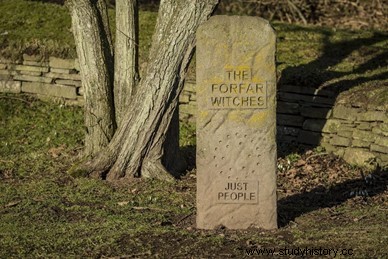
Historical background
In 1661, the small farming town of Forfar, east of Scotland, experienced a witch hunt initiated by Mayor Alexander Robertson. In this trial, more than forty alleged witches were arrested in the city's toll booth. [1] The ministers attended by a notary, visited the suspects in prison, asked questions, and the notary would write down the confession. If the points in the notary document correspond to the main aspects of witchcraft - demonic covenant, meetings with the devil, renunciation of baptism , maleficium and harmful deeds done to others - the witches were condemned and executed, usually by being strangled and then burned. [2]
Today, researchers have access to these court documents, and 'witchcraft confirmations' are the most interesting and captivating sources to explore. It opens doors to a completely different mental universe that can sound incredible and impossible through our lens.
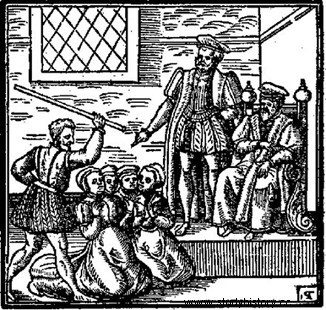
Helen Guthrie, the protagonist of the Forfar trial
In the Forfar witch case, the most exciting character was the accused witch, Helen Guthrie, whose trial began in September 1661. [3] Surprisingly delivered in a cooperative tone, her confession is the most descriptive and detailed of the trial, a statement that mixes with injustice to common sorcery and demonological notions. Although we can not be sure whether torture was used, the suspect was undoubtedly pressured. It is well known today that in Forfar there were bridles , a torture instrument used in litigation. In fact, Helen could have made up her confession just to avoid further torture or to gain time. Or maybe she really believed in the reality that manifested itself in her confessions. All one can look at from the twenty-first century is to face it with an open mind, and to acknowledge that the gap in time is more than that generations disappear and modernity arises. It also determines whole mentalities, which transform and reinvent themselves, gradually renovate their social organization and consequently their whole reality. Sorcery was undoubtedly a reality from the seventeenth century.
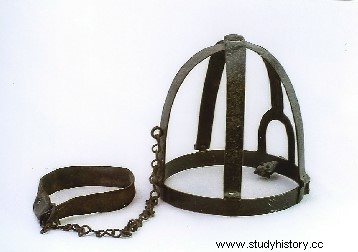
A witch injustice
At the very beginning of his first confession, Guthrie sheds light on what it meant to be a witch. She admits to being "a very drunk woman, a terrible banner and curse and for a very evil life and a conversation ”. [4] Gossip, alcohol, swearing and rudeness were associated with witches. Moreover, Guthrie did not hesitate to name her powers and make herself useful to the interrogators by declaring that she could tell if another person was a witch within 24 hours. All she needed was to throw three bloody papers over the suspects, and then she would know! When the interrogators asked her to see these papers, she was asked to answer:«she will never divorce them before she goes to the fire (...) And that if the minister would take them from her before she went to the fire, that he would be mistaken for himself and the castle and the land about. ”[5]
Although injustice was already strong enough to regard someone as a witch, the interrogators would not be happy. They looked obsessively at something specific:the devil. After all, witches were criminals because they left God to make a covenant with the devil. The ultimate goal of the interrogators was to explore demonological elements as best they could, they wanted to know their heretical enemy as deeply as possible. Fortunately for them, Guthrie's story was abundant and thorough, and no one spared the details of her alleged devilish experiences.
Helen told the interrogators that the devil entered her cell, lifted her body and tried to free her. The guards, with swords, prevented the escape. [6] It is impossible to know if this story was a product of a hallucination, perhaps due to lack of sleep, or if she deliberately invented it. Strikingly, the notary noted in the confessional document the following:"the truth of this last confession was testified by three men who were on duty that night (...)". [7] Given that imprisoned witches were usually guarded by neighbors who were paid to see them, it is credible that the guards testified to the truth of Helen's story. [8] People were afraid of witches and wanted to exclude them from society. The guards could have lied just to get rid of Helen Guthrie and the father she represented.
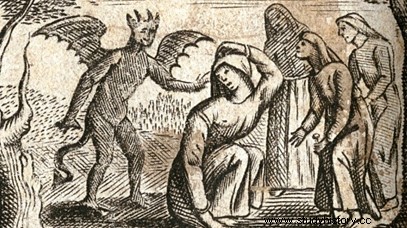
The Devil's Encounters
Helen Guthrie confessed again on October 28, 1661, which means that she was imprisoned for more than a month. [9] In this confession, Guthrie is once again engaged in the process and provides detailed information about demonology, common sorcery and evil forces. It may be that she was a knowledgeable woman in these subjects since demonological narratives crossed social boundaries and were accessible to humans through means such as brochures, pictures, pamphlets, among others. [10] Another possibility would be for Helen to obtain this type of information in prison or during the interrogation, since "the courtroom and the prisons offered arenas for the oral circulation of knowledge." [11] their faith. [12]
In her confession, Helen describes in detail three encounters with the devil.
In the first meeting described at Forfar Cemetery, Helen confesses that the devil was "in the form of a black iron man" and tells the interrogators that they all danced together and that "the ground beneath them all was a fire escape". [13] A blind man was able to dance like any other gift, they sang, and the devil kissed them all "and for himself the devil kissed only her hand". [14] The devil's kiss was an interest in the inquisitors and a strong collective faith since it symbolized the covenant with God's enemy. The second collection was described in a similar structure:they danced together for a while until they were frightened by some people passing by, and then they suddenly fled. [15] Julian Goodare claims the idea of flying "seems to have been a motive in itself", associated with the mountain top Sabbath, a very clear place from the meetings described in experiments, which were quite accessible and common localities. [16] Flying witches, a fantasy we still have today, were a reality for people from the seventeenth century. Finally, in the third meeting, the witches gathered in a house of one of them, drank with the devil and planned a common injustice against a man named John Benny. [17]
In sum, these meetings were festive events, where witches gathered with the devil, and together they drank, ate, sang and danced. According to historian Christina Larner, reunions of a certain number of people under one roof were already banned in Scotland from the nineteenth century, which means that these parties — witchcraft and demonology aside — were in themselves illegal. [18] The devil's meetings were the common denominator for all the suspects' confessions in Forfar. Although described differently, it was a must to meet the devil to dictate whether someone was an actual witch.
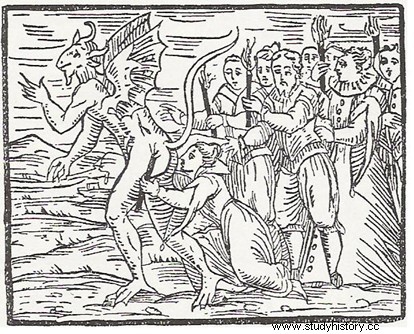
Common Witchcraft
Perhaps the most shocking aspect of Helen's confession is her descriptions of common sorcery practiced with the devil and other Forfar witches. She describes the desecration of a grave for an unbaptized infant, near the church wall, from which "they made a cake out of it to eat of it, so that they would never confess (as they thought) about their witchcraft". [19 ] Here the belief in cannibalism is manifested (although this example was not exactly so), which was quite rare in Scottish sorcery tradition. [20] Furthermore, the body of an "unbaptized" child emphasizes the opposition between witchcraft and Christian values.
In addition to this, Helen tells the interrogators that together with the devil they destroyed an important bridge at Cortachy by raising supernatural powers ("extraordinary great wind"). [21] And that they sank a ship in Carnoustie harbor. In this last episode, the devil was transformed "in the form of a great horse". [22] Transfiguration was not just performed by the devil, and witches were not just women. Helen's confession includes an accusation against the alleged witch John Tailzeour, which she claimed to have seen in the animal form of a pig ("todde" and "swyn"). [23]
This incredibly detailed confession is a mystery to anyone who dares to read it. How could Helen Guthrie tell such a complex story on trial? And how did she manage to do that under pressure and probably under torture? The psychology of false confessions can have credible explanations for this doubt. Throwing away Helen's confession, however, would mean throwing off an entire mentality. Helen's confession was credible enough for the interrogators to condemn and execute her, whether genuine or imagined.
As Christina Larner said:"witch orders represent an agreed-upon story between witch and inquisitor in which the witch retreats through hallucination or fantasy to a common store of myths, fantasy and nightmares to answer the inquisitor's questions". [24] Whether Helen hallucinated or deliberately imagined her stories, the story of her confessions reveals how witchcraft was imagined by these people, and shaped them intensely enough to lead to the execution of thousands of alleged witches. When they were accused, one of the two ends would happen:either they were executed, or if they were released from prison, they lived the rest of the years as outcasts, whose fate was solely one:rattling and loneliness.
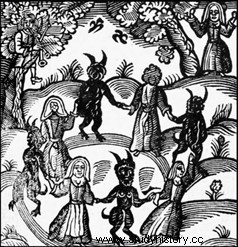
Anthropology:Then and Now
Modern psychology can now explain some elements that were once considered magic. Sleep paralysis, for example, is associated with some allegations of witchcraft. People had (and still have) mysterious experiences during sleep and assumed that they were cursed by a neighbor. Perhaps today Helen Guthrie would have been diagnosed with a fantasy personality, a psychotic mind or some other pathology. Yet many aspects of these narratives remain unexplained. It was those at the time - especially intellectuals and doctors - who regarded sorcery as complete nonsense. Yet myth and superstition were vehicles held by many to explain the inefficient and give a certain sense of clarity when faced with the unknown. Only with the gradual spread of Enlightenment ideas in Europe and across the Atlantic did sorcery and superstition give way to another dominant system for perceiving the world - modern science - according to which only what is mathematically determined and scientifically explained can be considered reality. Nevertheless, the belief in sorcery was not completely extinguished, magic was not completely thrown away, and superstition still manages to prevail in so many modern psyches. They are windows that connect "then" and "now", and no matter how incredible and unrealistic they seem, they are an inevitable part of us.
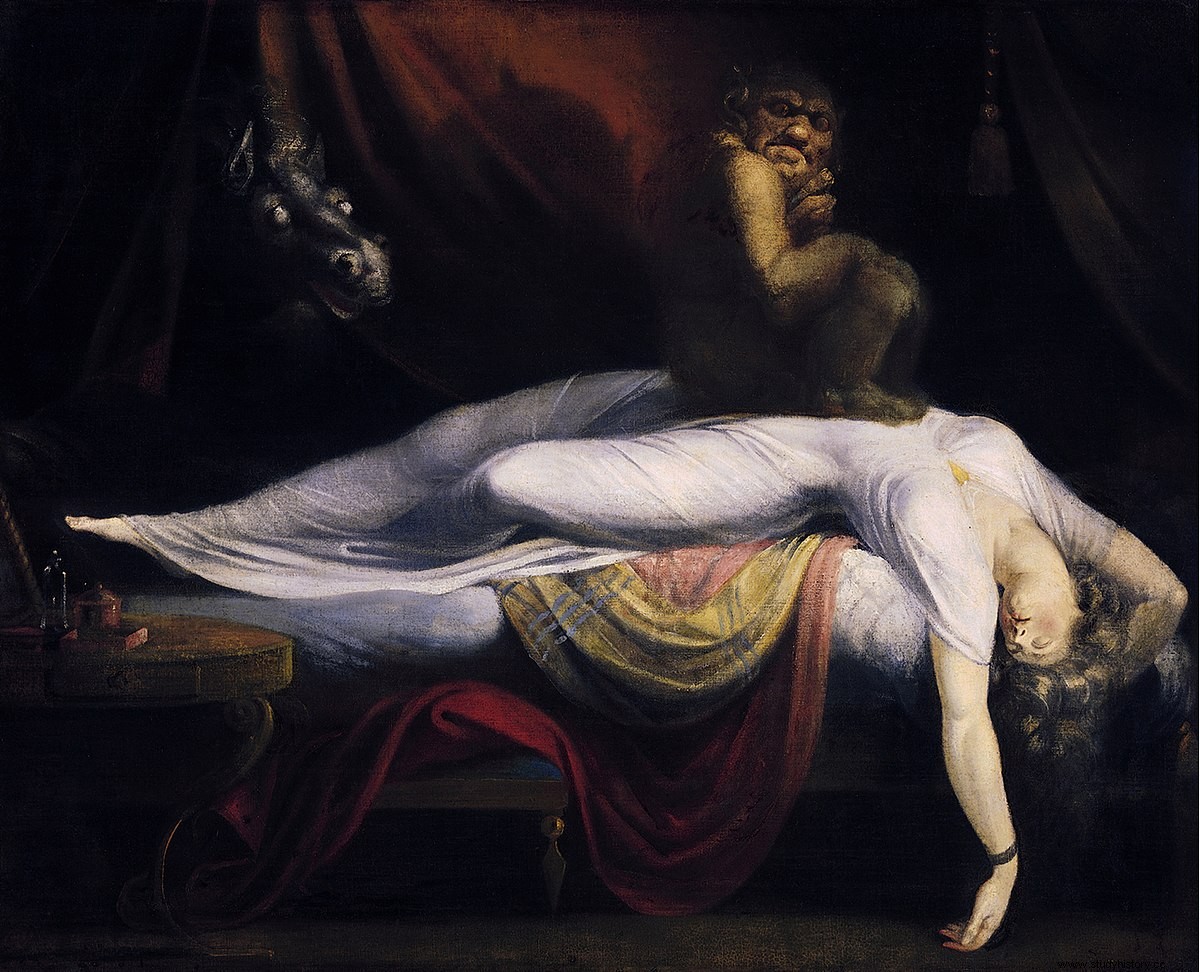
[1] Joseph Anderson (ed.), 'The Confessions of the Ancestor Witches (1661)', in Negotiations from the Association
by Antiquaries of Scotland , 22 (1887-88), 242, http://journals.socantscot.org/index.php/psas/article/view/6265.
[2] Ibid., 243,245.
[3] Ibid., 246.
[4] Ibid.
[5] Ibid.
[6] Ibid.
[7] Ibid.
[8] Christina Larner, Enemies of God:The Witch Hunt in Scotland (Baltimore, Md:Johns Hopkins University Press, 1981), 106.
[9] Ibid., 252.
[10] Rita Voltmer and Liv Helen Willumsen, 'Introduction:Demonology and hitch-trial in dialogue', in Demonology and witch-hunting in early modern Europe , ed. Julian Goodare, Rita Voltmer, and Liv Helen Willumsen (Abingdon, Oxon; New York, NY:Routledge, Taylor and Francis Group, 2020), 6, https://doi.org/10.4324/9781003007296.
[11] Ibid., 8.
[12] Ibid.
[13] Anderson (ed.), 'The Confessions of the Ancestor Witches (1661)', 253.
[14] Ibid.
[15] Ibid.
[16] Julian Goodare, 'Witches' Flight in Scottish Demonology', in Demonology and Witch Hunt in Early Modern Europe , ed. Julian Goodare, Rita Voltmer, and Liv Helen Willumsen (Abingdon, Oxon; New York, NY:Routledge, Taylor and Francis Group, 2020), 162, https://doi.org/10.4324/9781003007296.
[17] Anderson (ed.), 'The Confessions of the Ancestor Witches (1661)', 253.
[18] Larner, Enemies of God , 153.
[19] Anderson (ed.), 'The Confessions of the Ancestor Witches (1661)', 254.
[20] Larner, 's enemies of God, 151.
[21] Anderson (ed.), 'The Confessions of the Ancestor Witches (1661)', 254.
[22] Ibid.
[23] Ibid., 255.
[24] Christina Larner, Enemies of God:The Witch Hunt in Scotland (Baltimore, Md:Johns Hopkins University Press, 1981), 136.
